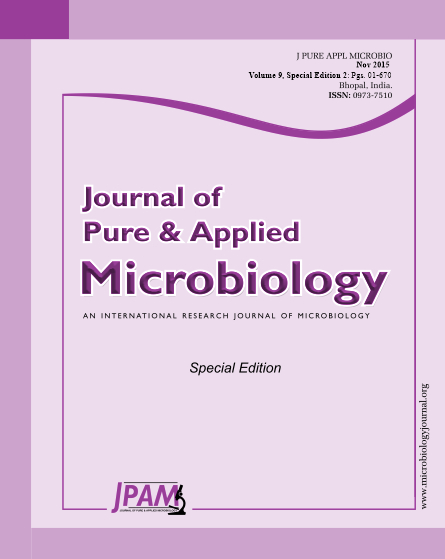Legionella bacteria are aerobic gram-negative rods associated with respiratory infections. Of the 52 known species legionella , 20 have been linked to pneumonia infections in humans. The species L.pneumophila (particularly serogroups 1-6) has been accepted as the principal cause of human outbreaks of legionellosis, which includes both legionnaires, disease and Pontiac fever. Legionella are ubiquitous in natural aquatic environments, capable of existing in waters with varied temperature, PH levels, and nutrient and oxygen contents. Contamination by legionella has occurred in the distribution systems of many hospitals. Their widespread survival in nature can be attribute to their relationships with other microorganisms in the environment. Symbiotic existence with algae and other bacteria , particularly in biofilms, increases the availability of nutrients. They also are able to infect protozoans and subsequently reproduce within these organisms. These relationships provide protection against adverse environmental conditions, including standard water disinfection techniques. Consequently, legionella are also prevent in anthropogenic waters such as potable water, cooling tower reservoirs, water distribution systems and whirlpools. Aerosol- generating systems such as fauceta, shower heads, cooling towers, and nebolizers aid in the transmission of legionella from water to air. Human inhalation of contaminated aerosols leads to legionella infections and disease outbreaks. Collection of legionella was done from hospital water .These samples are typically concentrated by filtration, treated with an acid buffer and temperature , and isolated on a BCYE agar culture medium. Legionella pneumophila was treated with concentration of MIC catalytical ozonation then evaluated t4ss gene expression by RT-PCR technique. The results indicated that catalytical ozonation have inhibitory effects on virulence genes Legionella pneumophila. So we can use it as an active disinfectant in hospital distribution systems.
Legionella pneumophila, RT-PCR, Catalytical Ozonization, T4ss gene silencing
© The Author(s) 2015. Open Access. This article is distributed under the terms of the Creative Commons Attribution 4.0 International License which permits unrestricted use, sharing, distribution, and reproduction in any medium, provided you give appropriate credit to the original author(s) and the source, provide a link to the Creative Commons license, and indicate if changes were made.


